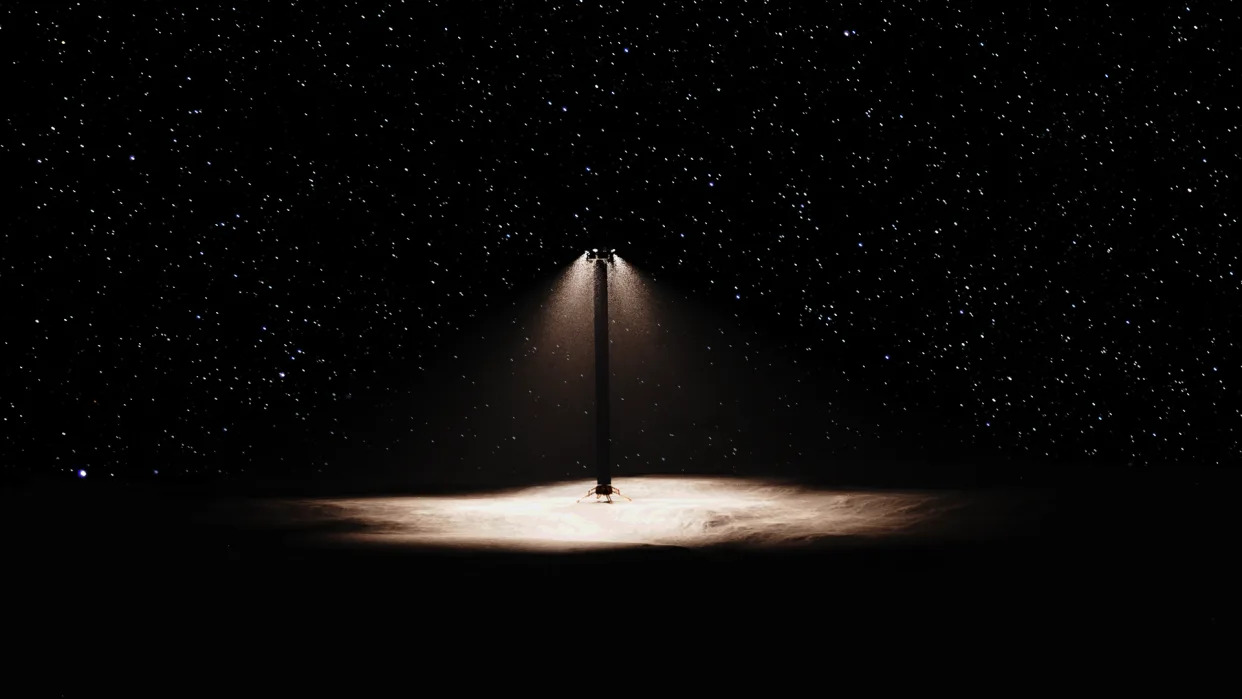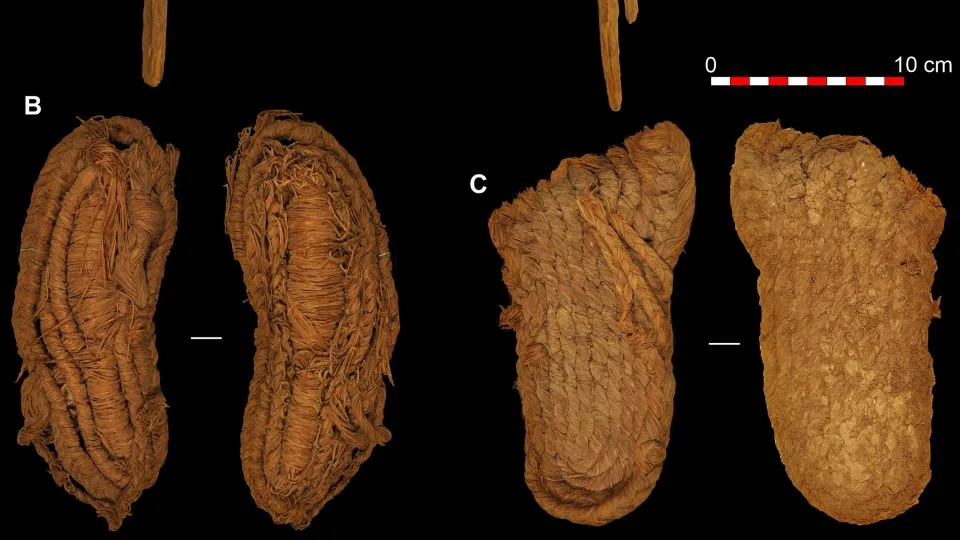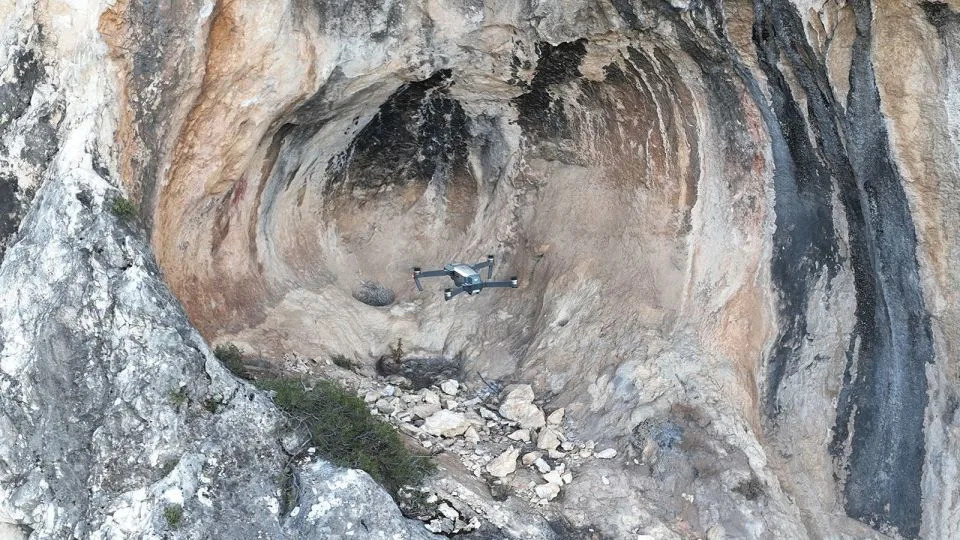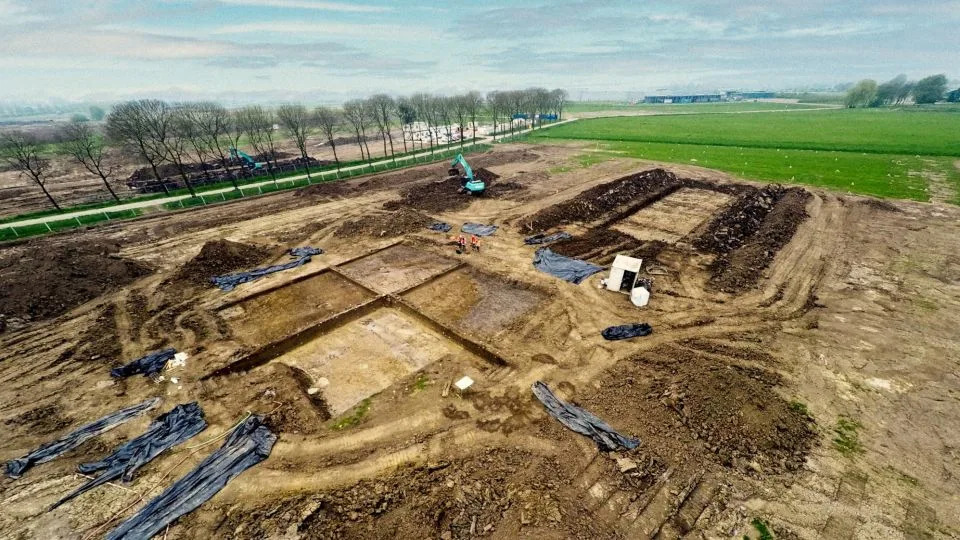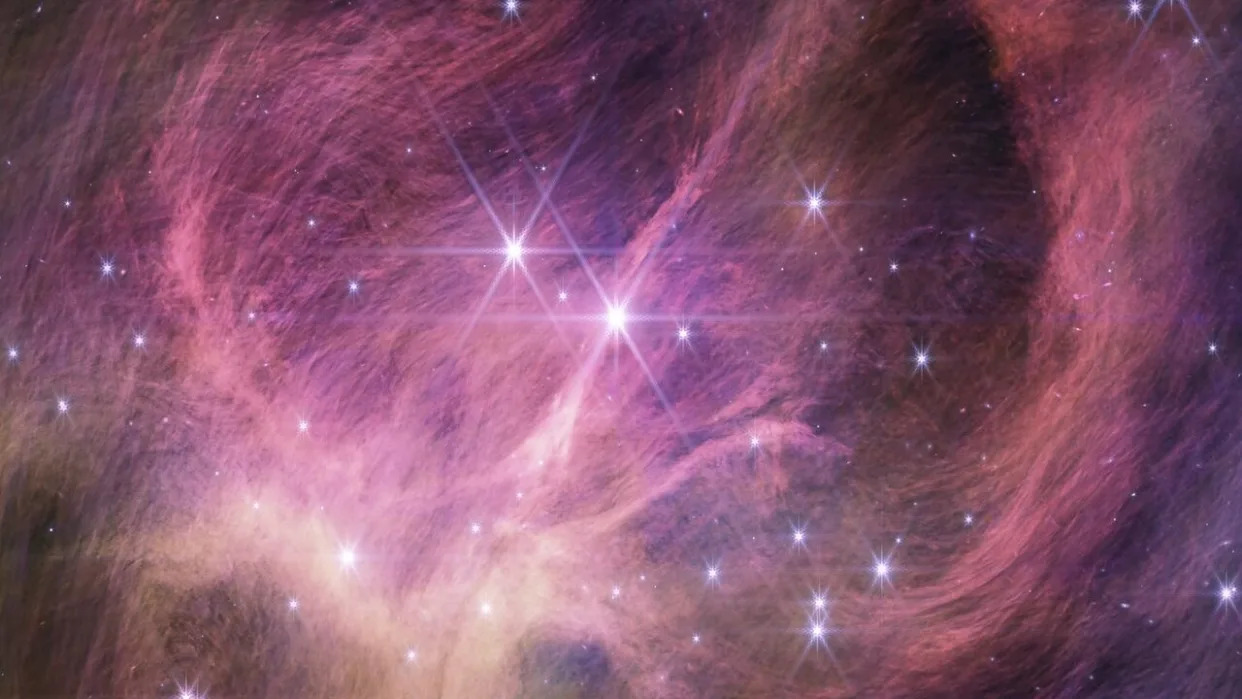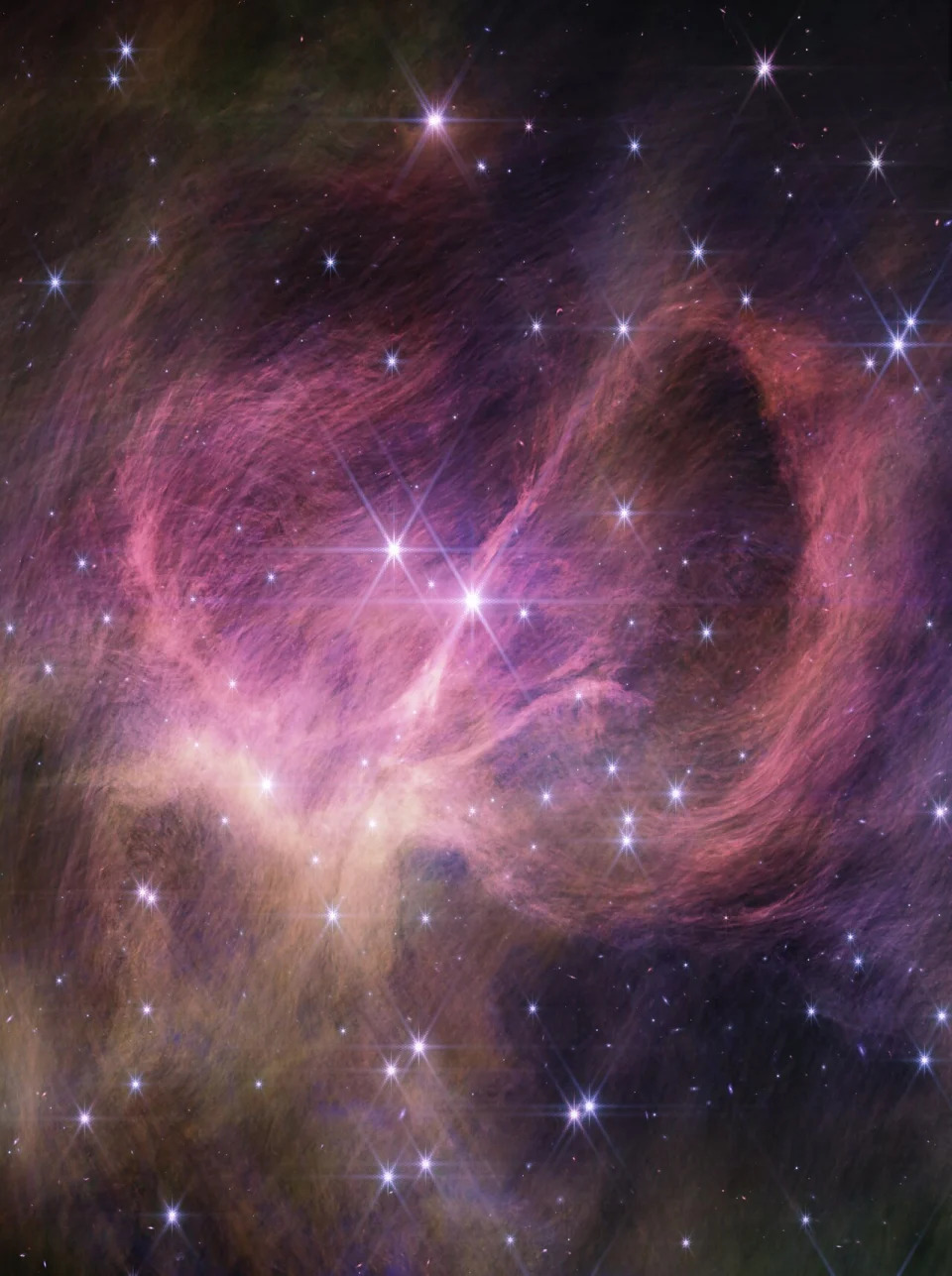DEEPA BHARATH and AUDREY McAVOY
Wed, December 13, 2023
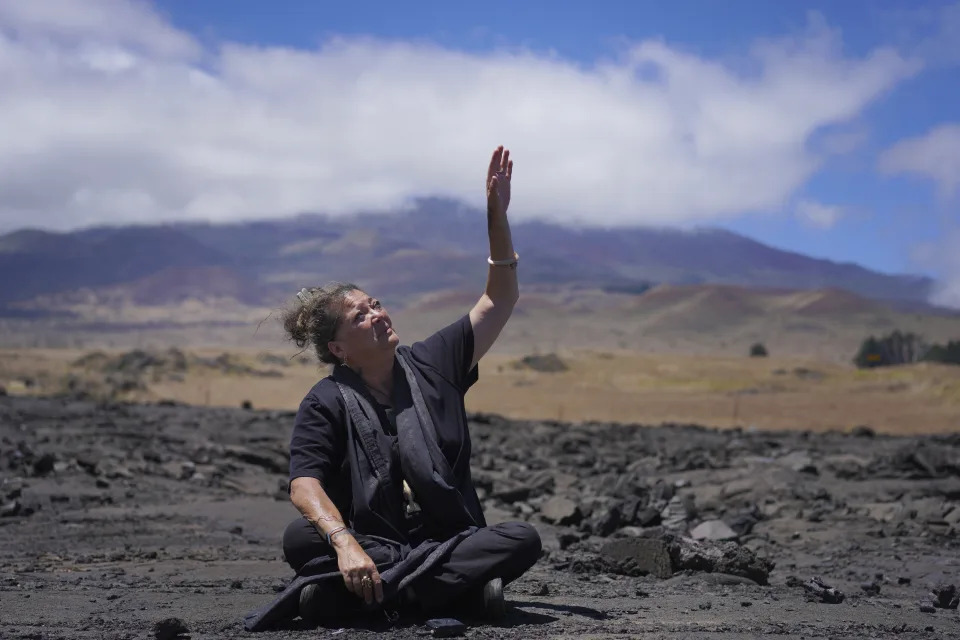
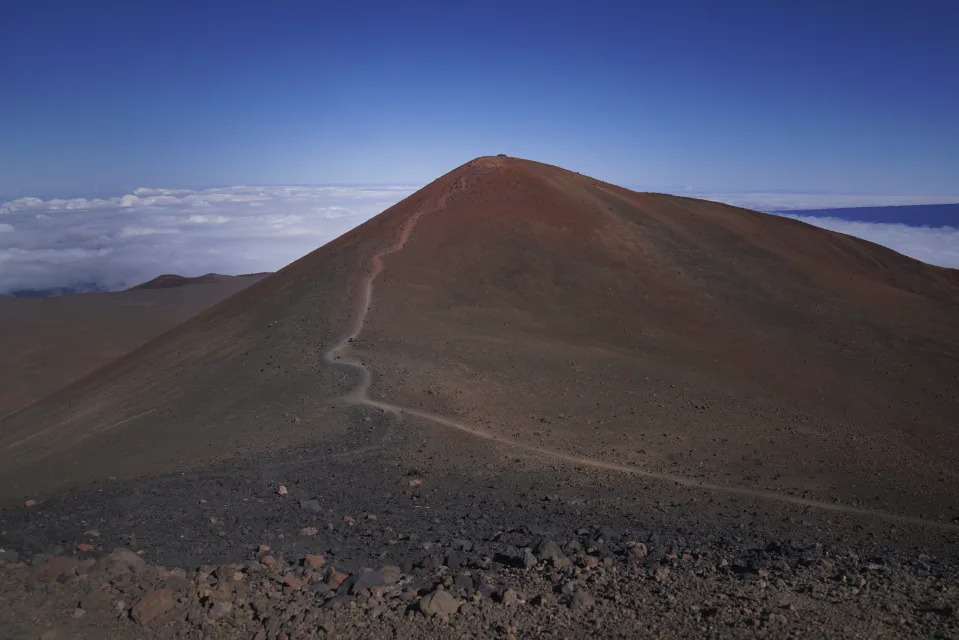
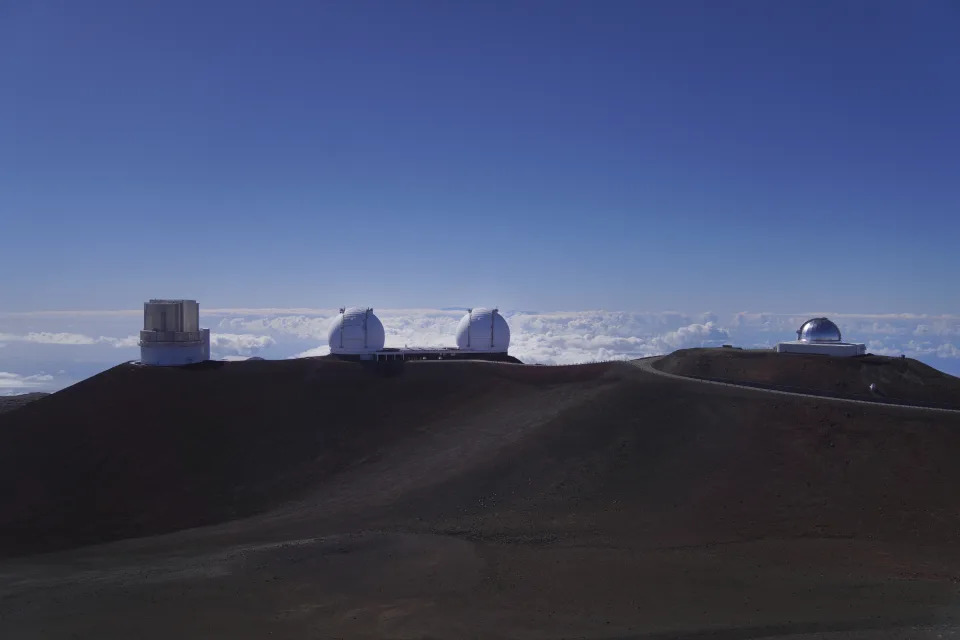
MAUNA KEA, Hawaii (AP) — Shane Palacat-Nelsen’s voice drops to a reverent tone as he tells the story of the snow goddess Poliahu who Native Hawaiians believe inhabits the summit of Mauna Kea, the highest point in Hawaii.
The tale speaks of a chief who yearned to court Poliahu but was stopped by her attendants guarding the sacred mountain top — the abode of the gods and cradle of creation.
Today, this sublime summit on Hawaii’s Big Island is also treasured by astronomers as a portal to finding answers to the universe’s many mysteries, creating varied — and sometimes incompatible — views on what’s best for Mauna Kea’s future.
The chief was eventually granted access on the condition that he stepped only on the same set of footprints left by the attendant escorting him up and down, said Palacat-Nelsen. He says it’s a metaphor for why Mauna Kea must be protected from further human intrusion, pollution and erosion.
“You do not go up the sacred mountain unless you are called. You do not go up without a purpose.”
Mauna Kea is a dormant 14,000-foot shield volcano. In Native Hawaiian lore, it is the first-born son of the sky father and earth mother. The mountain’s dry atmosphere and limited light pollution make for a perfect location to study the skies — one of just a handful on the planet.
Over the past 50 years, astronomers have mounted a dozen giant telescopes on the summit, with several yielding exalted discoveries, like proving the Milky Way has a supermassive black hole at its center. That research led to a Nobel Prize in Physics in 2020.
The proliferation of observatories has troubled many Native Hawaiians, who have pushed back. In their view, such construction is polluting the sacred mountain top and eroding the environment. In 2019, thousands protested a proposed $2.65-billion Thirty Meter Telescope project near the summit. This protest catalyzed the passage of a new state law transferring jurisdiction of the mountain to a new stewardship authority comprising scientists and Native Hawaiian cultural practitioners.
Neither side wants to reduce this debate to a culture-versus-science conflict because Hawaiian spirituality embraces science, and many astronomers respect Hawaiian culture. Some observatory staff and cultural practitioners are taking small, tentative steps toward new dialogue, but overcoming the divide will involve difficult conversations and understanding different perspectives.
Mauna Kea's summit soars 13,796 feet (4,205 meters) above sea level, evoking an ethereal feeling as fluffy clouds swaddle its cinder cones and blanket its reddish, almost Mars-like soil. On a clear day, Mauna Loa, one of the world’s most active volcanoes, is visible.
Climbing Mauna Kea is like peeling the layers of an onion, says Kealoha Pisciotta, a longtime activist. Its slopes contain ceremonial platforms, ancestral burial sites and and the waters of Hawaii's lone alpine lake, believed to possess healing properties.
“The higher you go, the closer your heart is to the heavens,” she says, adding that building and bulldozing near the summit threatens people’s sacred connection to the land.
Palacat-Nelsen, who served on the working group that laid the foundation for the new authority, says to protect the mountain and preserve the summit’s sacredness, people must be ready to have uncomfortable conversations.
John O’Meara, who moved to Hawaii to become the chief scientist at Keck shortly before the 2019 protest, is now a key player in that dialogue. He's learning about the strong connection many Native Hawaiians have to Mauna Kea, and he's fascinated by similarities between spirituality and astronomy.
“We are fundamentally asking the same questions, which are: Where are we? Where did we come from? And where are we going? There is a deep connection to the universe…which is the thing that we should be focusing on,” he said.
Doug Simons, director of the University of Hawaii’s Institute for Astronomy, points to the opening lines of the Kumulipo, a centuries-old Hawaiian creation chant which describes a scene strikingly similar to what astronomers believe existed during the Big Bang.
The Kumulipo’s description of a dark, eternal form of energy from which everything emerges sounds to Simons like dark energy, which astronomers believe predated the universe. Mauna Kea’s telescopes are at the forefront of discoveries about dark energy, Simons said.
Lanakila Mangauil, a Native Hawaiian spiritual practitioner, was around 9 when he first stepped on the mountain for snow play at lower elevations. His family never went to the summit.
“One of the important spiritual practices on Mauna Kea is our absence,” he said. “We stay off it because it is sacred.”
Mangauil doesn't like to use the word “religion” to describe his spiritual practice. Hawaiians don’t have a central religion, he said, but spiritual practices born of different communities, families and environments.
Not all Native Hawaiians hold Mauna Kea sacred in a religious sense, including Makana Silva, an astronomer who grew up on Oahu and was raised Catholic. He is now a post-doctoral fellow at the Los Alamos National Laboratory in New Mexico, and visited Mauna Kea’s summit for the first time three years ago. He believes astronomy on the mountain should thrive so there's a place for Hawaiians to perpetuate their legacy of innovation.
The future of astronomy on the mountain will in large part be decided by the Mauna Kea Stewardship and Oversight Authority, which is taking over managing the mountain from the University of Hawaii. Astronomers like Simons worry that if the 65-year lease for the summit lands expires as scheduled in 2033, it could mean the end for astronomy in Hawaii. Simons says that would be “catastrophic” and hurt the aspirations of Hawaii's budding astronomers.
Palacat-Nelsen doesn't believe astronomy on the summit will end any time soon. But he does see the lease being renewed at a higher price than the $1 a year the University of Hawaii pays now.
He holds out hope for better understanding between the two communities. He recently invited a few Keck astronomers and officials to his family’s “heiau” or place of worship on Big Island. It had an impact on Rich Matsuda, Keck’s interim director, who said the experience shed light on the extensive preparation required to enter a sacred space, such as leaving one’s everyday troubles outside. He has since followed similar protocols when traveling to the summit and believes they could be shared more broadly with other telescope workers.
Palacat-Nelsen said such efforts by observatories give him hope that people will become more mindful of their footprints on Mauna Kea. He is grateful to his ancestors for preserving Mauna Kea so current generations have the opportunity to experience the divine. He wonders if he can do that for posterity.
“Can they speak about me in that way 200 years from now?” he asks. “I hope.”


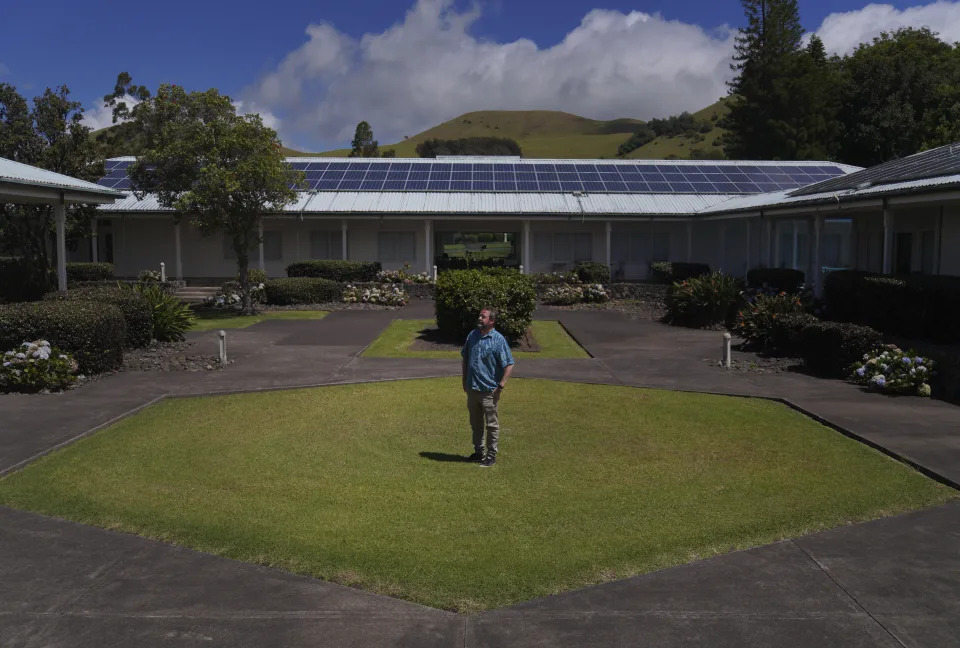

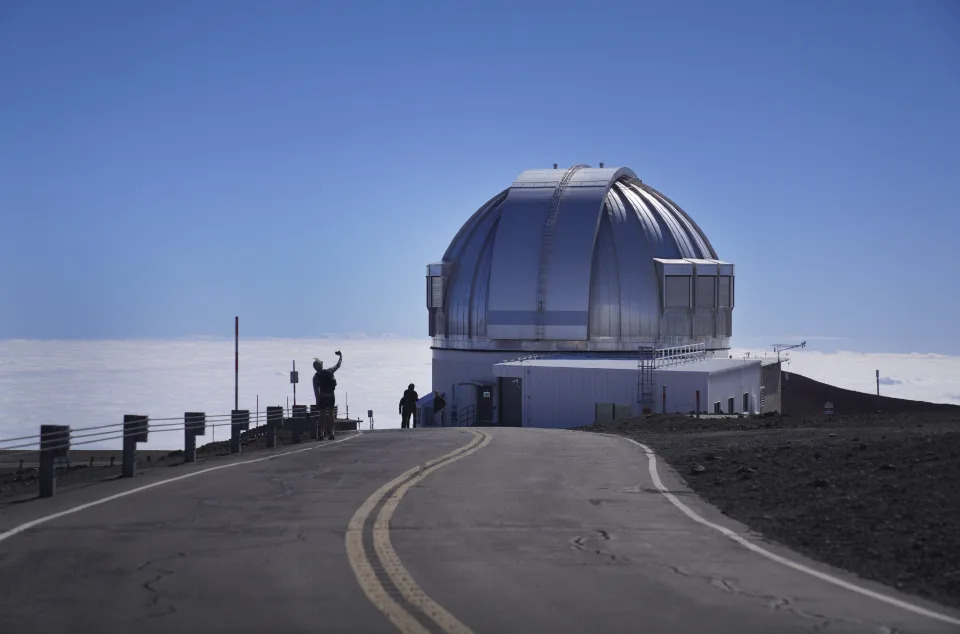
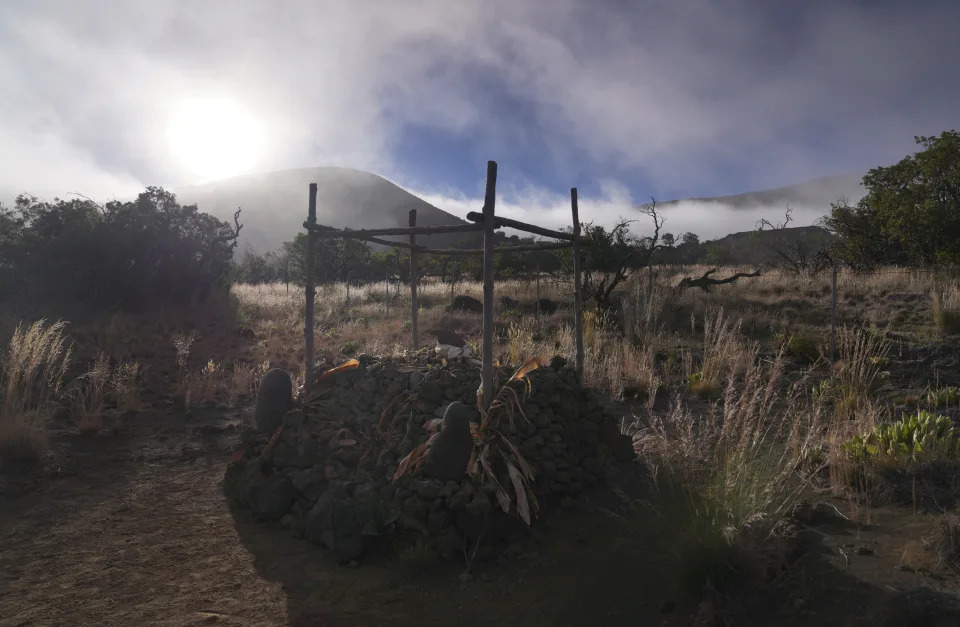

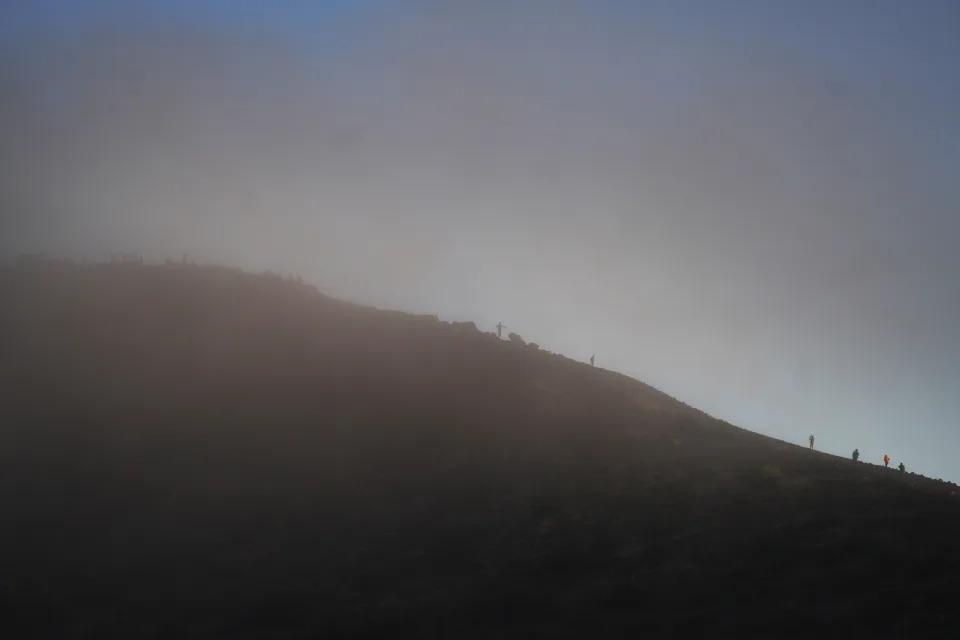
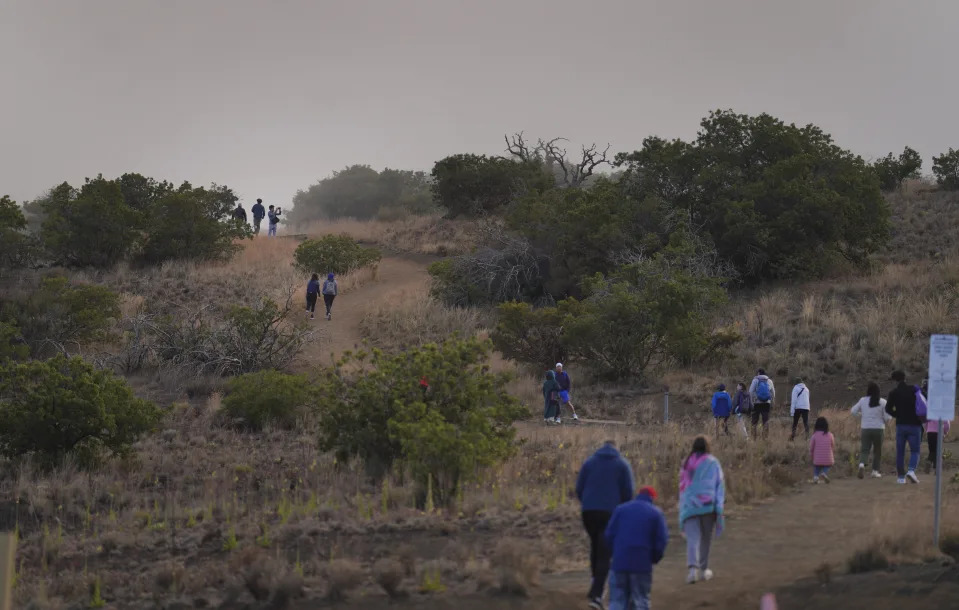

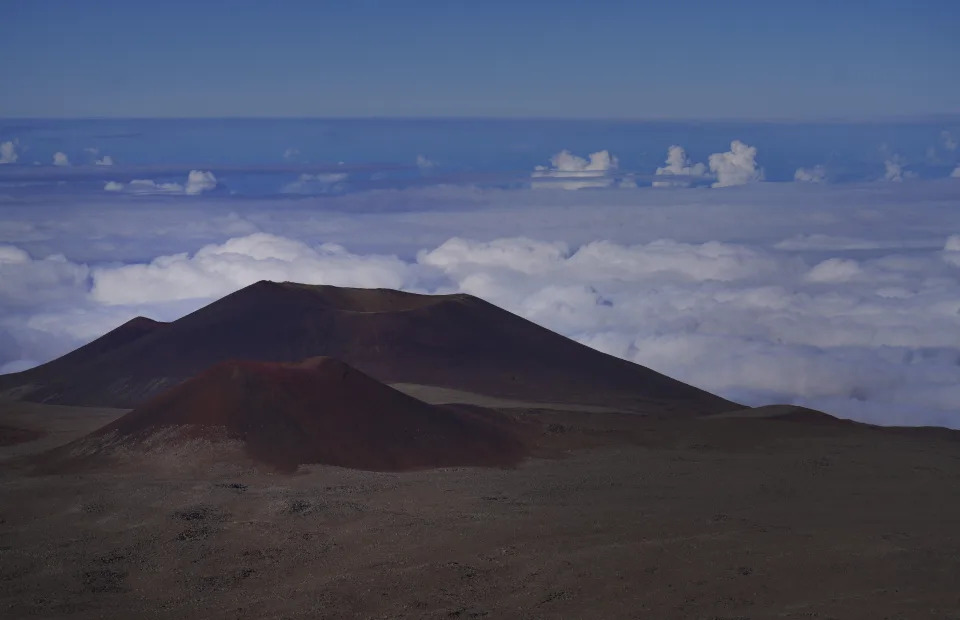
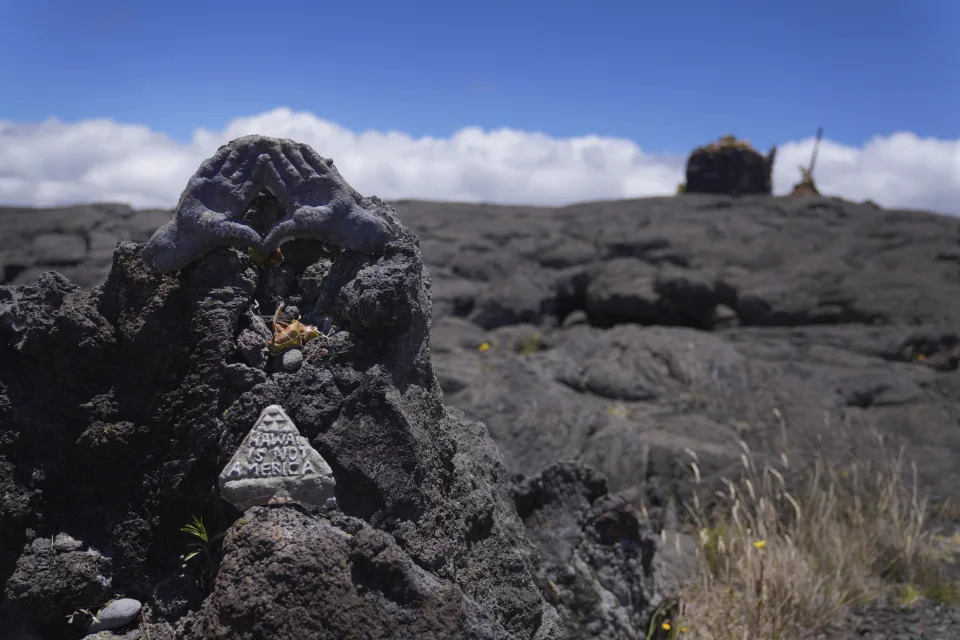

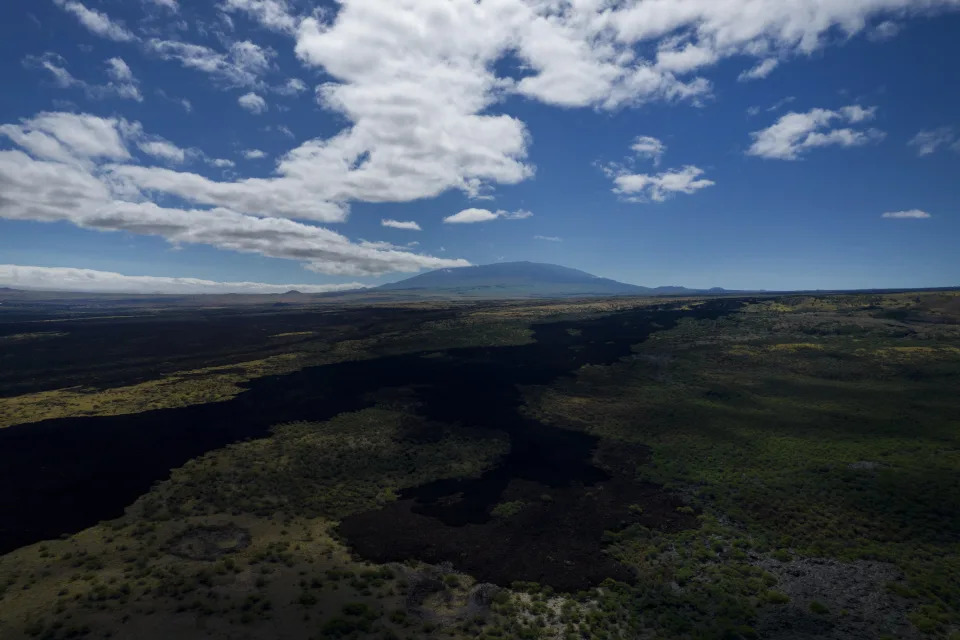 Sacred Mauna Kea
Sacred Mauna Kea
Kealoha Pisciotta, a cultural practitioner and longtime activist, sits on lava rock part of the way up Mauna Kea while giving an interview on the Big Island of Hawaii, on Saturday, July 15, 2023. Over the last 50 years, astronomers have mounted 13 giant astronomical observatories on Mauna Kea's summit. In 2019, Native Hawaiians including Piscioitta staged a year-long protest over construction of an additional telescope. (AP Photo/Jessie Wardarski)___
Associated Press religion coverage receives support through the AP’s collaboration with The Conversation US, with funding from Lilly Endowment Inc. The AP is solely responsible for this content.





